The peacock's resplendent tail has long captivated human imagination, serving as both a scientific puzzle and a poetic metaphor. For centuries, observers have wondered why evolution would produce such extravagant ornamentation that seems to defy practical survival needs. The answer lies in one of nature's most fascinating economic systems - the biological marketplace of sexual selection.
Darwin's Dilemma and the Peacock Paradox
When Charles Darwin first proposed his theory of sexual selection, the peacock's tail presented a particular challenge. The enormous, eye-spotted train appears biologically expensive to grow and maintain, while simultaneously making its bearer more visible to predators. Darwin confessed in a letter that the sight of peacock feathers made him physically ill because they seemed to contradict his theory of natural selection. It was his later concept of sexual selection that resolved this paradox - females were choosing mates based on aesthetic preferences rather than purely survival-oriented traits.
Modern evolutionary biology views the peacock's tail through the lens of signaling theory. The extravagant display serves as an honest advertisement of genetic quality. Only the healthiest, most parasite-resistant males can afford the metabolic cost of producing and carrying such elaborate ornamentation. Females who choose these showy mates gain indirect benefits for their offspring through superior genes. This creates an evolutionary feedback loop where ever-more elaborate displays are selected for, despite their survival costs.
The Economics of Courtship Displays
Peacock courtship represents a fascinating case study in biological economics. The male's display involves not just the static beauty of his feathers, but an elaborate performance - fanning his train into a shimmering semicircle, vibrating the feathers to produce a rattling sound, and executing precise movements to highlight the iridescent eyespots. Researchers have calculated that maintaining this ornament consumes about 15% of a peacock's daily energy budget during the breeding season.
The time investment is equally significant. Males spend approximately 60% of daylight hours during mating season displaying to females. This represents a substantial opportunity cost, as this time could alternatively be spent foraging or avoiding predators. The very extravagance of the display serves its purpose - it demonstrates the male can afford these costs, just as luxury goods in human economies signal wealth through conspicuous consumption.
Female Choice and Selective Pressure
Contrary to early assumptions that peahens might choose mates randomly, research reveals sophisticated decision-making processes. Females typically visit several males before making a selection, assessing multiple aspects of the display. Key factors include the number of eyespots (with 150-170 being optimal), the symmetry of the train, and the intensity of iridescence which indicates feather microstructure quality.
Interestingly, peahens don't appear to prefer increasingly larger tails indefinitely. Studies show an upper limit to their preference, suggesting stabilizing selection that prevents runaway sexual selection from producing impossibly large ornaments. This creates an evolutionary equilibrium where tail size reflects an optimal balance between attracting mates and surviving to reproduce.
Environmental Influences on Mating Markets
The peacock's mating system demonstrates remarkable sensitivity to ecological conditions. In years with abundant food resources, females become more selective, favoring males with the most elaborate displays. During lean times, selection pressure relaxes as survival concerns take precedence. This fluctuation mirrors economic cycles in human societies, where luxury markets expand during boom periods and contract during recessions.
Habitat type also influences selection dynamics. In dense forests where long trains might impede movement, selection favors slightly smaller ornaments. In open areas where displays can be fully visible, larger tails prevail. This geographic variation creates micro-evolutionary patterns similar to regional fashion trends in human cultures.
Beyond Beauty: The Hidden Complexities
Recent research has uncovered additional layers of complexity in peacock courtship economics. The train's iridescence results from microscopic crystal-like structures that interfere with light - a nanostructural feat that requires precise genetic coding. The quality of this photonic crystal arrangement serves as a biomarker for developmental stability.
Furthermore, the peacock's display incorporates multiple sensory modalities beyond the visual. The male produces infrasound vibrations during his display, potentially conveying additional information about his physical condition. This multimodal signaling creates a richer "product offering" in the mating marketplace, allowing females to make more informed choices.
The peacock's tail stands as one of nature's most striking examples of how aesthetic evolution operates within biological constraints. Its splendor emerges not from arbitrary preference, but from an ancient economic system where genetic quality, resource allocation, and reproductive strategy intersect. As we continue to study this phenomenon, we gain deeper insights into the fundamental principles that shape beauty in the natural world - principles that, surprisingly, often mirror the economic forces governing human social systems.
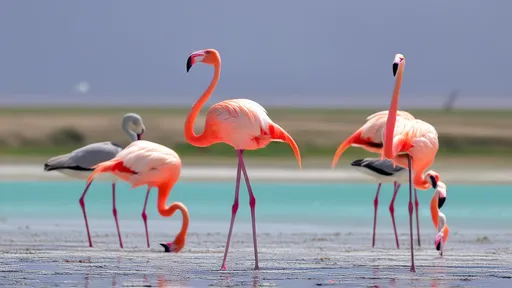
By /Jun 10, 2025
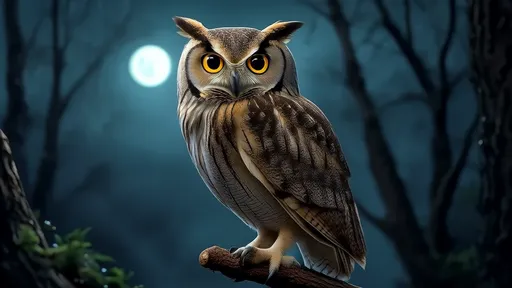
By /Jun 10, 2025
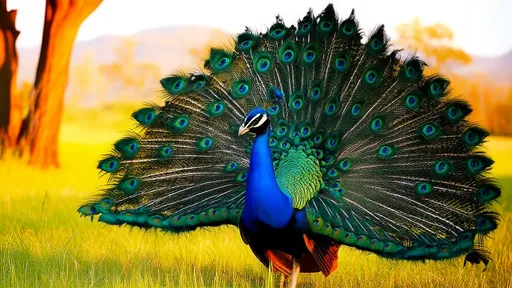
By /Jun 10, 2025
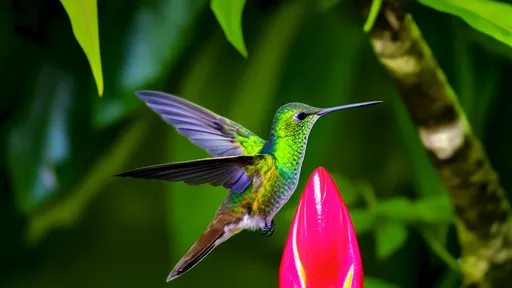
By /Jun 10, 2025
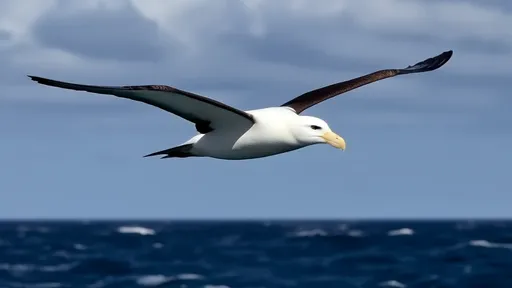
By /Jun 10, 2025
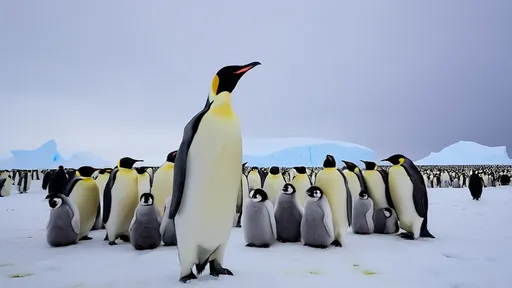
By /Jun 10, 2025
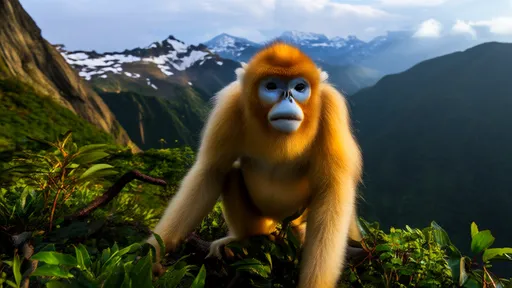
By /Jun 10, 2025
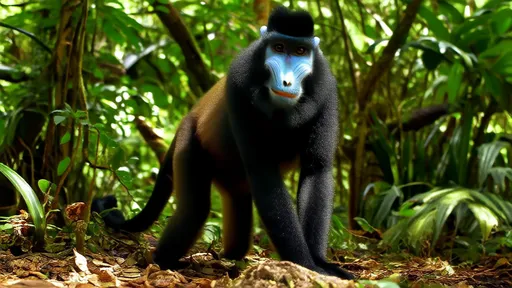
By /Jun 10, 2025
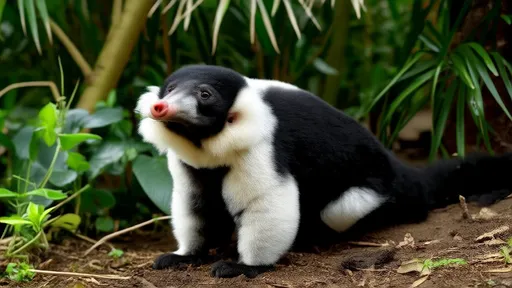
By /Jun 10, 2025
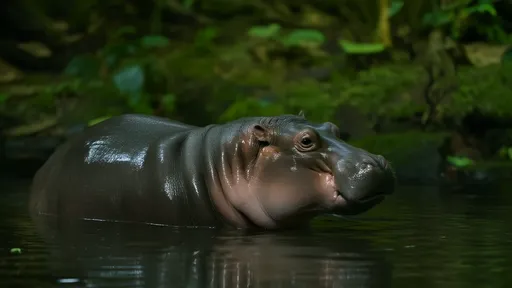
By /Jun 10, 2025